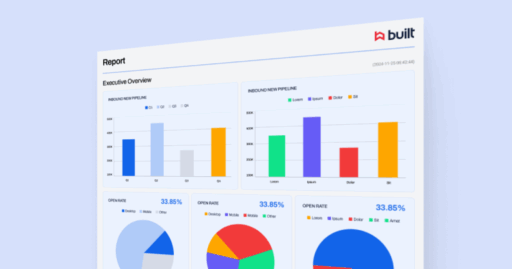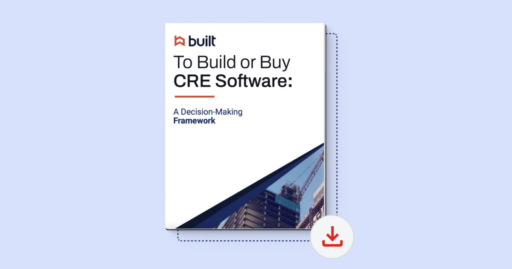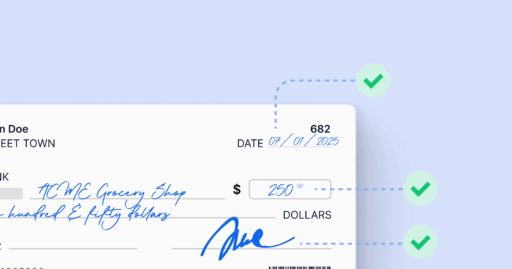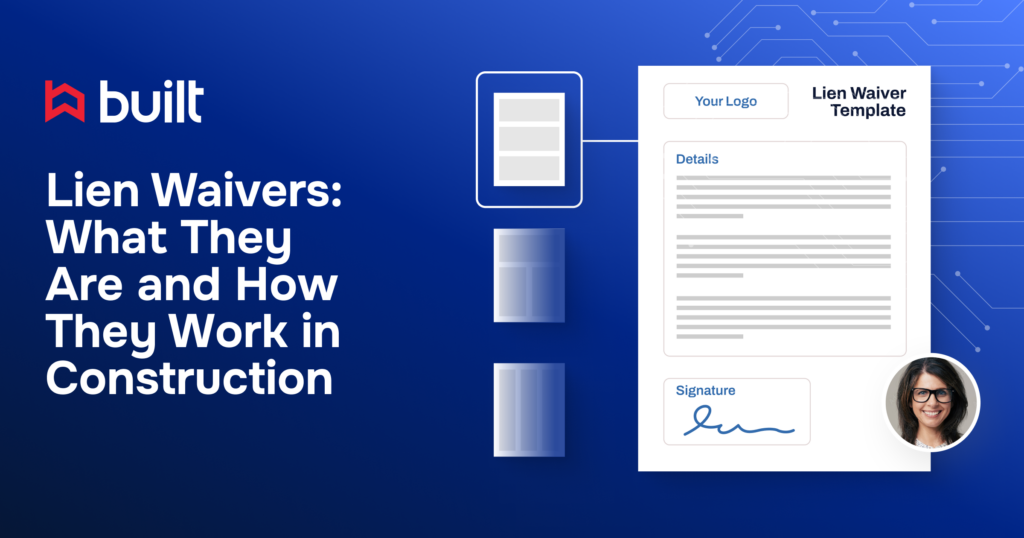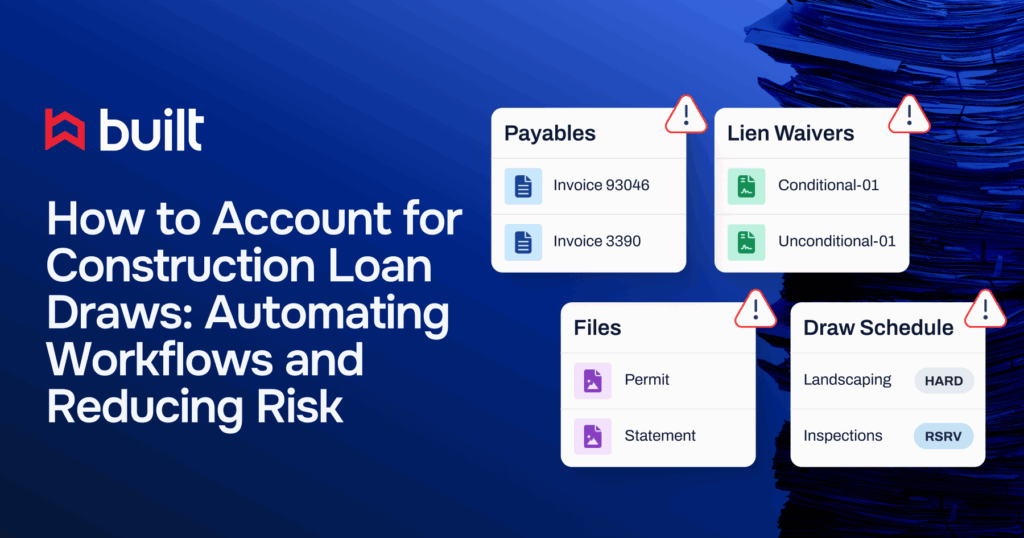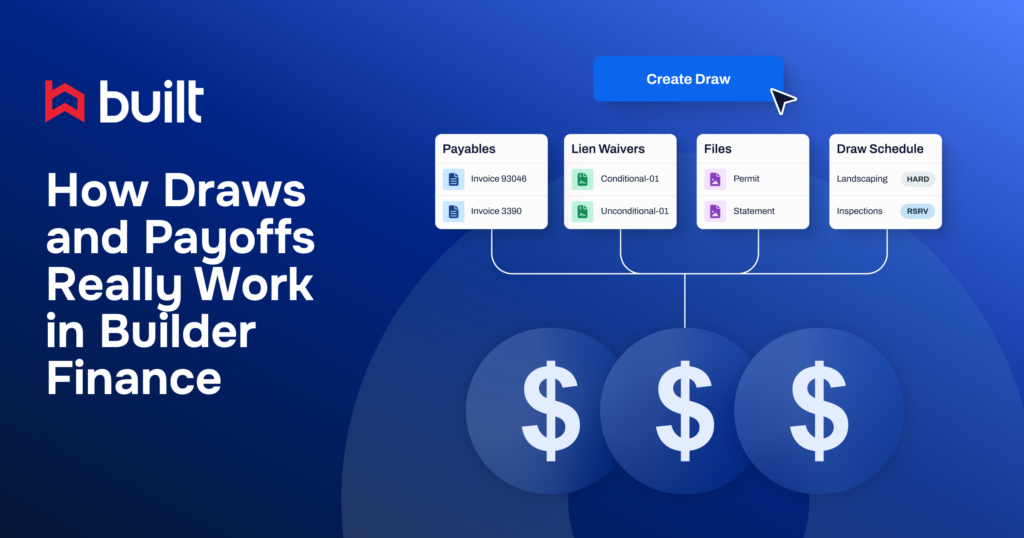
How to Handle Expense Management for Construction Projects

Careful project assessment and budgeting for construction projects is a cornerstone for a successful builder and paves the way for a successful pre-close and post-close construction loan experience. The following guide will explain the most important aspects of construction cost management, how cost control affects a project, and what builders can do to streamline the process.
Determining costs before the project begins
Working with their client prior to closing, builders and general contractors need to clearly and comprehensively summarize their project scope and budget. It is imperative that all costs, including soft costs, are properly accounted for, in addition to confirming which have been paid for and which are outstanding. This will help builders and their clients ensure an efficient loan origination process by providing solid project cost and equity figures—as well as a comprehensive summary of the project and collateral.
Construction loans are inherently risky, since the collateral on which the loan is based is not complete. In order to minimize completion risk, lenders want to thoroughly assess the builder and the project, to ensure the project is completed on time and on budget. In addition to confirming that the borrower meets their credit criteria, the lender will confirm that the builder has the proper experience and is financially capable of managing the project. The lender will also confirm that the project is properly scoped and sufficiently budgeted for tracking costs and project management.
Keeping things on track and on budget
After the loan closes and the project moves into draw administration, lenders want projects to be completed on time and on budget. They also want to protect their position in terms of dispersing funds as the project moves toward completion. The draw disbursement process is really more of a reimbursement process. Lenders don’t typically advance funds to complete the project; instead, they disburse funds based on work that is verified as complete as the project moves toward completion.
When lenders receive draw requests from the builder, the draw administrator will confirm completion by requesting an inspection, which will confirm the requested work items are complete, before making a disbursement. An inspection will also update the lender on the overall progress toward the completion of the project. Inspection results don’t that sync with draw requests can cause payment delays (or payment denials), so builders want to ensure the work they are requesting to be paid for is indeed completed to the extent indicated.
Are you struggling to keep your construction project on track and within budget?
Let us help you take control of the situation and get the job done right.
Simplifying expense management for construction
Ironing out the wrinkles in cost management can insulate the builder from the delays and struggles that are so common in construction. Relying on construction financial software is one of the best ways to create a smooth approach to wrangling costs.
Project management is more about proactivity than reactivity. Comprehensive software solutions allow builders to monitor contractors, projects, and potential risks before an issue arises. Builders will be able to track their costs and job progress in real time, allowing them to spot budget or progress problems before they cause delays.
Beyond proactivity, sticking to the budget and the projected timeline can also simplify the payment draw process. Software with project dashboards and monitoring programs give project managers quick overviews of their jobs to confirm everything is on track. When the builder submits the pay application to the lender, they’ll know their paperwork is in order, reducing the risk of delays.
Streamlining expense management for construction projects with software has positive long-term effects, as well. It can help builders deliver more projects on time and under budget, while setting them up for more successful lender relationships down the road.
